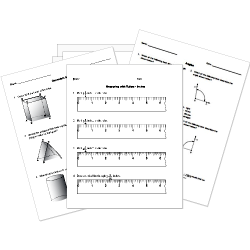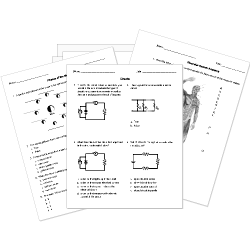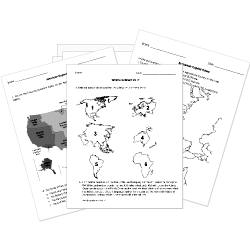Factors Affecting Reactivity of Elements
Factors Affecting Reactivity of Elements
This lesson aligns with NGSS PS1.A
Introduction
Certain elements exhibit low reactivity, requiring an input of energy for them to react, while others display spontaneous and easy reactivity. The reactivity of an element is a chemical property that is defined as the ability of a substance to interact chemically with a second substance. Reactivity of an element varies based on factors such as the Electron configuration, Electronegativity and Atomic Size. The reactivity of an element is influenced by the quantity of electrons in its outermost shell. Elements possessing one or two electrons in their valence shell tend to exhibit high reactivity. In this article, we will delve into the factors that influence the reactivity of elements.
Factors that Affect Reactivity of Elements
The factors influencing reactivity can be categorized into three primary components: electron configuration, electronegativity and atomic size.
Electron Configuration and Reactivity
The arrangement of electrons in an atom's electron shells, known as its electron configuration, plays a pivotal role in determining its reactivity. The outermost shell, often referred to as the valence shell, is particularly significant. Elements strive to achieve a stable electron configuration, typically by gaining, losing, or sharing electrons.
Octet Rule:
The octet rule, a fundamental principle in chemistry, states that atoms tend to gain, lose, or share electrons to achieve a stable configuration with eight electrons in their outermost shell.
Elements with incomplete outer shells are generally more reactive as they strive to attain a stable configuration.
For instance:
Alkali metals such as sodium and potassium have a single electron in their outermost shell. Due to the tendency to achieve a complete octet, these metals readily lose this outer electron when forming compounds, exhibiting high reactivity.

Conversely, noble gases possess a complete octet in their outer shell, making them inert and least reactive.

Electronegativity and Reactivity
Electronegativity is defined as the tendency of an atom to attract shared electrons in a chemical bond. Electronegativity is another critical factor influencing the reactivity of an element. Electronegativity varies across the periodic table. Elements with high electronegativity have a stronger attraction for electrons, making them more likely to gain electrons and form negative ions.
Electronegativity trend in periodic table:
The electronegativity trend generally increases from left to right across a period and decreases from top to bottom within a group on the periodic table.
For example:
Fluorine, the most electronegative element, is highly reactive due to its strong electron-attracting ability. In contrast, alkali metals, located in the far-left column of the periodic table, have low electronegativity, contributing to their readiness to lose electrons and exhibit high reactivity.
When atoms with different electronegativities come together to form a chemical bond, the greater electronegativity of one element results in an uneven sharing of electrons, leading to the formation of polar bonds. This polarity enhances the reactivity of the compound as the partially charged atoms seek to interact with other species to achieve a more balanced distribution of electrons.
Atomic Size and Reactivity
The size of an atom, often referred to as its atomic radius, is a crucial factor influencing reactivity.
Atomic Size trend in periodic table:
As atoms increase in size from top to bottom within a group and decrease in size from left to right across a period, the atomic radius directly affects the ease with which an atom can participate in chemical reactions.
Large Atoms:
Larger atoms have electrons that are farther from the nucleus, resulting in weaker attractive forces between the nucleus and the outer electrons. As a consequence, larger atoms tend to lose electrons more readily, exhibiting increased reactivity. Alkali metals and alkali earth metals display high reactivity due to their relatively large atomic sizes.
Small Atoms:
Conversely, smaller atoms, especially those with high electronegativity, tend to gain electrons more readily, showcasing increased reactivity through the formation of strong covalent or ionic bonds.
Halogens have small atomic sizes and high electronegativity, making them highly reactive as they seek to gain electrons to achieve a stable electron configuration.
Summary
- Reactivity of an element varies based on factors such as the electron configuration, electronegativity and atomic Size.
- Elements with incomplete outer shells are generally more reactive as they strive to attain a stable configuration.
- Elements with high electronegativity have a stronger attraction for electrons, making them more likely to gain electrons and form negative ions.
- Fluorine, the most electronegative element, is highly reactive due to its strong electron-attracting ability.
- Larger atoms tend to lose electrons more readily, exhibiting increased reactivity. Alkali metals and alkali earth metals display high reactivity due to their relatively large atomic sizes.
Related Worksheets:













